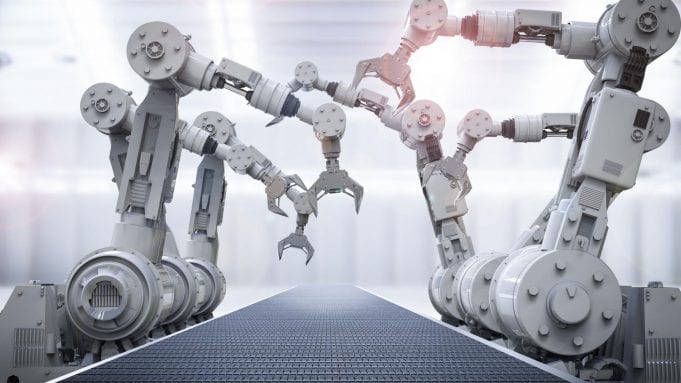It is safe to say that the market for collaborative robots, known as cobots, is one of the fastest-growing in any specific sector. Various outlets estimate growth from around 700 million dollars in 2018 to over one billion spent in 2025. If this jump does not feel significant enough, how does an annual growth of over 50% sound?
There are multiple factors contributing to such outstanding prospective growth. The rapid adoption of cobots by small and mid-sized enterprises, known as SMEs, is fueling the increase in demand. This is made possible by affordable products like the cobot made by Rozum Robotics, making integrating cobots into smaller manufacturing processes a reality for businesses with tight budgets.
Rapid progression of cobot abilities is also leading to the predicted surge in the cobot market. Improvements in human interactions, AI, and overall safety are making cobots easier to integrate and use in various sectors.
Small yet Mighty
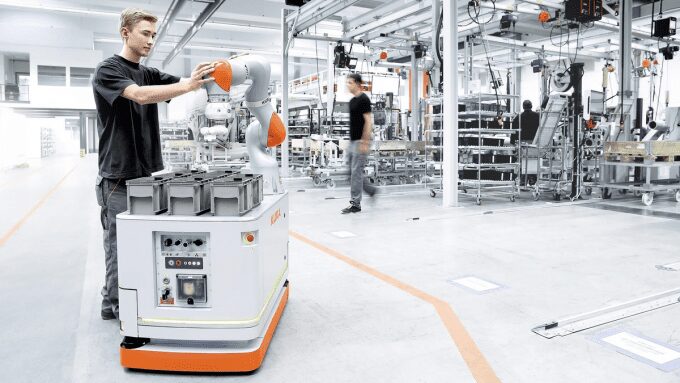
The growth of the cobot market over the next seven years can be attributed to some of the smaller cobots in the pack. Those with a payload of up to 5kg are anticipated to drive a significant portion of the increases.
SMEs are touting convenience, adaptability, reasonable cost, and safety as reasons they have or will purchase cobots of this size. This is not a new development, as this class of cobots has held the largest portion of the market for the past several years. Improvements and cost reductions will drive new investments in the sub-5kg range.
Assembly Leads the Way
From a functional perspective, the assembly will be the area with the most rapid growth in the coming years. Cobots will continue taking tasks from human workers that require repetitive movements. While this may frighten workers in the manufacturing industry, it will benefit businesses by improving speed, quality, and overall productivity.
Cobots offer dependability combined with supreme precision. This will lead companies to value long-term returns over upfront costs and drive the cobot market into the sky. Almost every field in the manufacturing industry will utilize cobots at a greater volume moving forward.
Asia Pacific, European, North America – In that Order
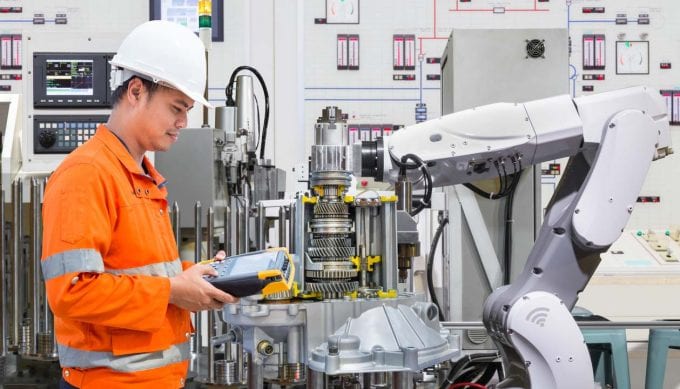
Europe has led the way thus far but it appears the Asia Pacific market will take hold of the prize for biggest cobot market and continue its dominance into 2025. APAC has long been scrutinized for its issues with worker safety and installing cobots seems to be their sensible response. This is being further exacerbated by Asia Pacific governments requiring a strict tightening of safety regulations, in addition to simple public opinion.
Four Characteristics of the Cobot Market as We Head Toward 2025
The Push – Continued Improvement of Human-Cobot Relations and Human-Like Cobot Workers
Investment in cobot controls will continue to be made by manufacturers. This will improve the interactions of humans and cobots significantly in the next decade. Cobot control will move from the programming requiring advanced skills and into a user-friendly environment (think: apps on a smartphone).
As cobot manufacturers continue to break down walls and work together on interfaces, the ease of installation and deployment will continue to drive the market. Businesses are more likely to invest in cobots with the knowledge that existing staff will be capable of maintenance.
Improved AI will also contribute to improved human collaboration. Cobots will be able to work with various employees, and their unique working characteristics, seamlessly. This limits worker frustration and enhances overall morale. Cobot AI is a relatively untapped field and its exploration will push the cobot market to new heights.
The Pull – Cobots Lack the Need for Speed
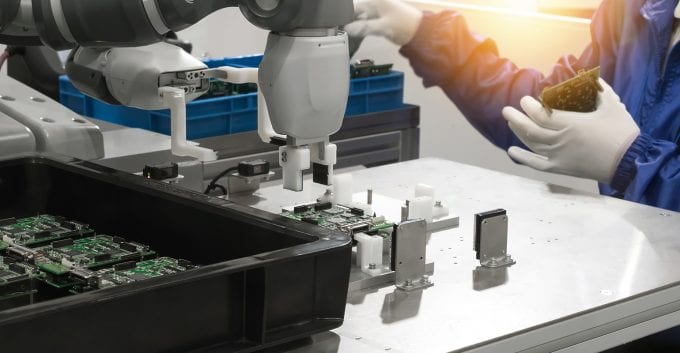
The cobot versus industrial robot battle will rage on as we move toward 2025. The necessity for speed will continue to eliminate cobots from certain areas of manufacturing. The safety requirements placed on cobots due to their close human contact limits their capabilities more than technology does.
Industrial robots will continue to be able to work faster while being capable of the same payload. Depending on application, this will limit the cobot market to an extent. However, the new investments by SMEs interested in collaborative robotics will sustain the increase in the cobot market.
The Potential – An Opportunity to Spread the Love
Simply put, the potential for cobots is only limited by a lack of widespread understanding. This will diminish and the nations currently using antiquated manufacturing methods will begin to adapt to new technologies.
As cobots become more popular due to affordability and convenience, those who were once hesitant to join the “experiment” will be willing to jump into a more established field. Manufacturers will find themselves faced with competitors who have moved forward with cobots and be forced to make the decision between keeping up and quitting. Odds are they will choose the former and put their faith in the growing market.
The Future – AI is a Game Changer
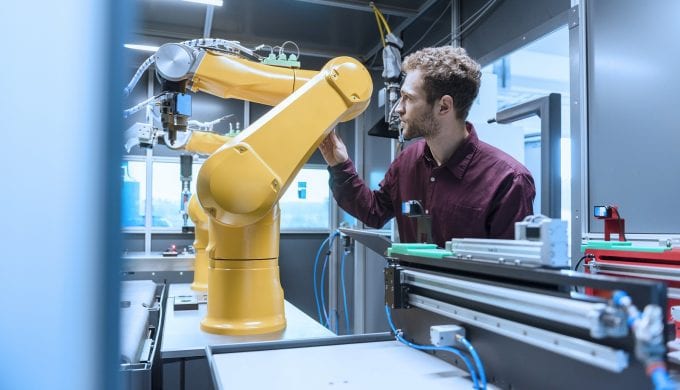
The real potential for growth in the cobot market is awaiting just beyond the ridge of true collaboration. Significant heights will be reached by 2025 because of the affordability and flexibility of these machines but cobots will see an immeasurable boon upon the realization of human and cobots working with the benefit of powerful AI.
There are various challenges facing robotics programmers when it comes to AI including a far-from-perfect technology and moral complications. Their ability to tame these issues and get high-quality artificial intelligence into cobots will guide the market beyond our wildest expectations.
Unfortunately, this development may take longer than the creation and improvement of cobots did. However, we are fortunate to know that cobots will continue to see massive market growth in the coming decade and beyond based solely on its current trajectory. While we may be a ways off of the golden age of cobots, they are certainly performing respectably as we know them today. The result: a market with seemingly exponential growth as far as the eye can see.

